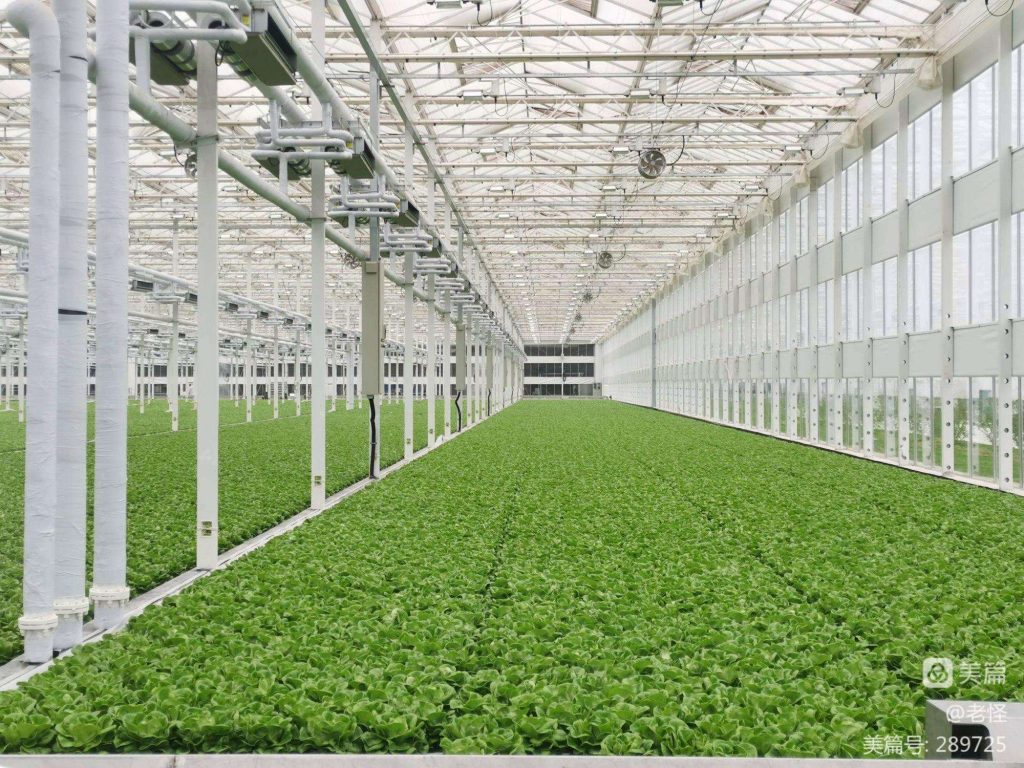Shichuan is located in Gaolan County, Lanzhou, Gansu Province, in the Yellow River valley basin, which is a livable and tourist destination in the suburbs of Lanzhou. On July 10, the reporter from China Economic Network walked into Shichuan with the Digital Rural Cohesion Action Aid Group, crossed the Lihua Bridge, and came to the world’s first ancient pear garden to feel the charm of the pear charm and the vitality of the digital village construction in Shichuan.
“Data shows that in 2023, among the tourists received by Shichuan, Shaanxi Province will have the largest proportion of non local tourists. Most of the tourists are post-80s and post-90s, and one-day tours will be the main form of travel…”
The above data comes from the smart rural tourism service platform built by Shichuan. As an important integration platform of the Shichuan Smart and Beautiful Rural Construction and Promotion Pilot Project, with the support of the Department of Culture and Tourism of Gansu Province and the Provincial Committee Cyberspace Office, the platform has become one of the public welfare projects of China Internet Development Foundation for the first batch of national digital rural pilot areas to carry out digital rural cohesion action demonstration village construction.
“The project construction includes one platform, four objects and five applications, that is, building a smart rural tourism service platform, targeting four types of objects, namely tourism management institutions, governments, tourism enterprises, tourists and tourism enterprise employees and local people, to achieve five types of applications, including public services, cultural protection, achievement innovation and application, e-commerce, and Big data analysis.” Niu Junxiang, the project manager, said.
A pear shaped “wisdom tree” is displayed in the center of the service platform homepage, with 10 sub modules such as passenger flow analysis, tourist portraits, and mini program access analysis interspersed with pear flowers. Pear culture has become an indispensable and unique mark in digital platforms. In the supporting Shichuan Ancient Pear Garden mini program, pear culture is closely combined with tourists’ clothing, food, housing, and transportation. While providing services, local characteristic culture, folk customs, intangible cultural heritage, digital cultural relics, etc. are presented through technology and art.
Entering a new era, building smart and beautiful rural areas, digital technology also contributes to agricultural development. The 70 greenhouses and 5 greenhouses in Lvwang Digital Rural Demonstration Base in Shichuan adopt advanced planting technologies such as intelligent ventilation, water fertilizer integration, intelligent sunshade, intelligent heat preservation, etc., so as to comprehensively grasp various indicators of plant growth and realize remote visual operation.
Numbers are both technology and culture. Wei Yongbo, the chairman of Gaolan Bailutong Melon and Fruit Professional Cooperative, the largest Ru’er pear enterprise in Shichuan, suggested that the Shichuan century old pear garden culture exhibition center should be built on the digital platform, and the traditional culture such as ancient pear tree planting and the production of Ru’er pear intangible cultural heritage should be digitally restored. Let the century old pear tree take root in the land of Shichuan, and revitalize the century old pear culture on the digital platform.
Numbers are both technology and life. Niu Junxiang introduced in the forum that the digital platform can make targeted service upgrades by conducting Big data research and judgment on tourists’ preferences and emotions and drawing tourists’ portraits. Every change felt by tourists during their travels, such as the rectification of businesses, the addition of heatstroke prevention and cooling facilities, and the updating of cultural and creative products, may come from data analysis support. Liu Yiyong stated that in the future, connecting more ports to digital platforms can effectively improve the efficiency of rural governance.


No reply content